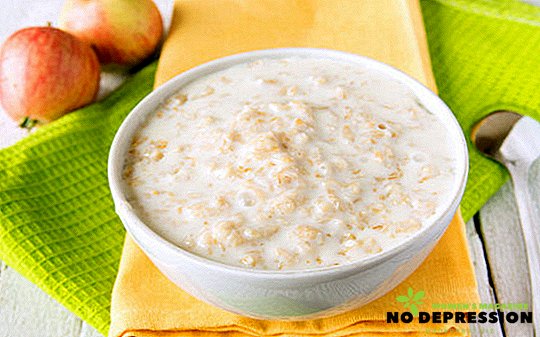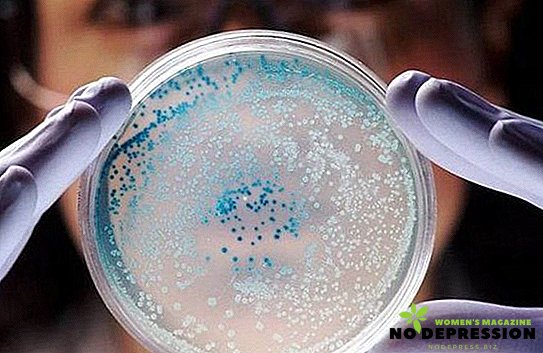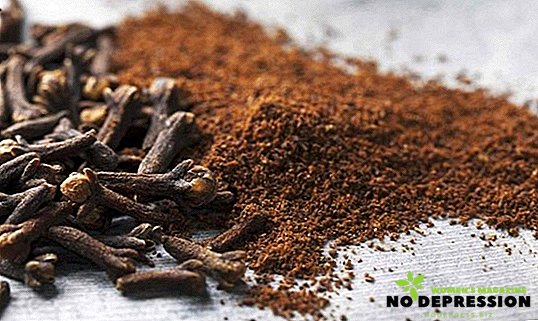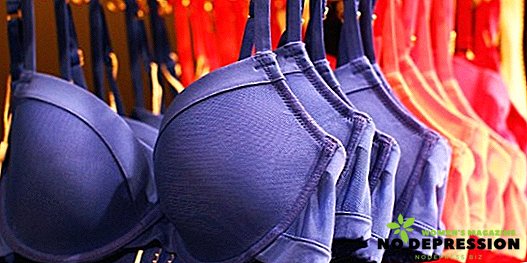Eating the right foods affects the vital functions of the body. Nutrition should save lives, not harm. Therefore, it is important to understand the products and know their glycemic index. Understanding the harm of sugar, you can protect yourself from excess weight and diseases such as diabetes.
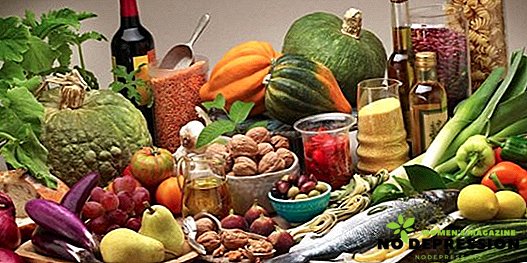
It is well known that sugar, namely, pure glucose is the enemy of the figure. And this is true, because sugar is a high-calorie and easily digestible product. Many people know that when losing weight, you must abandon sweets.
But not everyone understands that each product affects the increase in blood sugar in its own way. Therefore, eating all day fruit, wonder why the extra weight does not go away. It's all about the glycemic index of foods. Let us examine what it is and how to choose the right products.
Glycemic Index and its role in nutrition
The glycemic index (GI) is an indicator of the effect of products on the increase in blood glucose. The higher the product index, the more the sugar rises. Eating foods with a high index, an increase in overweight occurs.
GI is elevated in foods containing simple carbohydrates. What gives us this indicator and why is it needed? From not knowing the glucose indices of foods consumed, you can gain extra pounds, even from harmless foods that are allowed with proper nutrition.
It is believed that the right to make a light snack fruit, to kill hunger. But you should pay attention to the GI banana, as everything becomes clear. This fruit has a high GI, so its effect on the increase in sugar leads to the deposition of fat in problem areas.
Therefore, it is better to pay attention to the table of products with a low index and choose for a snack, for example, an apple.
The right choice does not harm the figure. And also when sugar enters the body, the hormone produces insulin, which lowers the concentration of glucose in the blood.
Violation of insulin secretion can lead to diabetes. Therefore, it is important to pay attention to GI not only for slimming, but also for health.

Low Glycemic Products
That they need to choose, especially if you want to lose weight. Foods that have a low glycemic index are considered proper (beneficial) carbohydrates. They are suitable for low-glycemic diets.
They do not contain large amounts of glucose, which provokes the release of insulin.
Even a healthy body needs to keep sugar normal. If excess weight is already present, eating low-sugar foods is especially helpful. The higher the GI, the sooner the sugar is absorbed.
If the body has nothing to spend the energy, sugar will be stored in the form of fat. But do not forget, a large number of consumed foods, even with low GI, leads to the accumulation of fat.
Low-glycemic diet for diabetes and weight loss
A diet with a low glycemic index of foods is indicated for weight loss and diabetes mellitus of light and moderate weight. Her goal - tight control of sugar and carbohydrates in the diet. Only low-glycemic carbohydrates are suitable for the diet.
The diet must be maintained constantly, otherwise, the disease develops, due to an increase in blood sugar, as well as an increase in overweight. Such nutrition must be followed constantly and taken as a way of life. Be sure to be monitored by a doctor who will follow the diet.

With a low-glycemic diet for diabetics and for weight loss, the following products are allowed:
- containing low GI;
- animal products low in fat (meat, fish, dairy products) and bad cholesterol;
- broth cooked two or three times;
- baked or boiled dishes;
- vegetable and fruit juices with low GI;
- no more than 2 egg yolks per day;
- tea and coffee with milk;
- honey is allowed in small quantities;
- Cooking with a small amount of unrefined vegetable fats and butter is allowed (not more than 40 g).
Prohibited Products:
- containing sugar and high GI;
- alcohol;
- fatty meat and broths;
- semi-finished and canned foods;
- pastry, baking;
- spicy and salty snacks;
- smoked foods, spices;
- pickles;
- sweet fruits and dried fruits with high GI.
Low-glycemic diet rules:
- Eat 5-6 meals a day in small portions. But do not overeat. In the case of prolonged fasting, metabolism fails, as the body is under stress. Sugar decreases, and all the carbohydrates produced are deposited in the fat depot;
- Only boiled and baked products. Stews are rarely allowed. The glycemic index of foods can increase, depending on the method of preparation. After heat treatment, the initial index index will increase;
- Be sure to monitor the fat content of products. Not always low GI corresponds to low fat and calorie. It is better to separate the skin from the meat, so you can get rid of excess calories;
- Consume enough water;
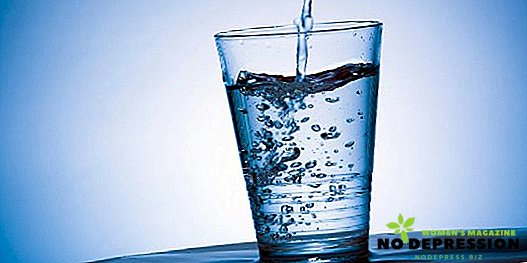
- It is necessary to adhere to the correct ratio: 20% of proteins, 30% of fats and 50% of carbohydrates;
- Allowed to consume from 2000 to 2400 calories per day. High calorie foods also lead to overweight, if the body has nowhere to expend this energy;
- The calorie content of the dishes should correspond to the individual needs of the organism, depending on the type of activity, age, weight, and sex;
- Limit salt intake to avoid fluid retention in the body, therefore, edema;
- Instead of sugar - xylitol or sorbitol. These sugar substitutes are allowed for diabetes;
- Soups should contain only low-glycemic cereals and vegetables;
- White bread must be replaced with whole grain, which contains fiber. The consumption of such dietary fiber can reduce blood sugar;
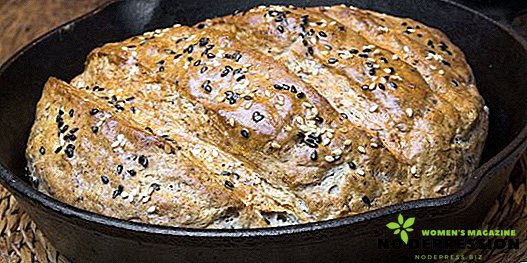
- Instead of juices and carbonated drinks, it is better to use fresh fruit. Since juices contain higher GI, unlike whole fruits;
- Daily consumption of meat, fish and dairy products.
Sample menu low-glycemic diet
| Option 1 | Option 2 | Option 3 | Option 4 | Option 5 | |
|---|---|---|---|---|---|
| Breakfast | Omelet of two eggs, tea | Unpolished rice, coffee with milk | Buckwheat with vegetables, green tea | Oatmeal with fruit, coffee with milk | Low-fat cottage cheese, tea |
| Snack | An Apple | Low-fat yogurt | Ryazhenka | The nuts | Orange fresh |
| Dinner | Baked Chicken Fillet | Vegetable Stew | Vegetable Soup | Steamed fish cutlets, vegetables | Fish soup |
| Afternoon tea | Low-fat cottage cheese with nuts | A fresh vegetable salad | Kefir | Steamed vegetables | Grapefruit |
| Dinner | Baked fish with vegetables | Steamed Chicken Cutlets | Meat and stewed vegetables | Seafood salad | Boiled beef with cauliflower |
Low Glycemic Index Table
| Title | Gi |
|---|---|
| Vegetables and greens | |
| Avocado | 10 |
| Zucchini | 15 |
| Cauliflower and white | 15 |
| Radish | 15 |
| Cucumber | 20 |
| Pepper | 15 |
| Celery | 15 |
| Tomatoes | 10 |
| Beet | 30 |
| Carrot | 35 |
| Eggplant | 20 |
| Bow | 10 |
| Lettuce leaf | 9 |
| Dill | 15 |
| Tomato juice | 33 |
| Garlic | 30 |
| Fruits and dried fruits | |
| Strawberry | 32 |
| Wild strawberry | 25 |
| Red Currant Berries | 25 |
| Apples | 30 |
| Raspberry berries | 25 |
| Cherries | 22 |
| Tangerines | 30 |
| Passion fruit | 30 |
| Blueberries | 30 |
| Cowberry berries | 25 |
| Pears | 30 |
| Grapefruit | 22 |
| Apricots | 20 |
| Peaches | 30 |
| Garnet | 25 |
| Nectarine | 34 |
| Plums | 22 |
| Quince | 35 |
| Oranges | 35 |
| Prunes | 25 |
| Dried apricots | 30 |
| Cereals and pasta | |
| Bran | 15 |
| Wild rice | 35 |
| Pasta | 40 |
| Buckwheat | 40 |
| Legumes, mushrooms and soy | |
| Soy | 15 |
| Beans | 25 |
| Green lentils | 25 |
| Brown lentils | 30 |
| Green peas | 35 |
| Mushrooms | 15 |
| Dairy products | |
| Tofu Cheese | 15 |
| Yogurt | 35 |
| Cottage cheese | 30 |
| Milk | 27 |
| Confectionery | |
| bitter chocolate | 30 |
Average glycemic index
Such products are suitable for a healthy person without metabolic disorders. A good metabolism quickly breaks down the substances obtained and does not deposit them into fat, of course, in moderation.
Products with an average GI are more suitable for fixing and maintaining a normal weight. If there is an excess of mass, it is better to refuse such products. The average GI is considered to be more than 40 to 70.
List of products with indicator GI - 45:
- Orange fresh;
- grapes;
- coconut;
- grapefruit juice;
- basmati rice.

GI - 50:
- apple, pineapple, cranberry juice;
- persimmon;
- mango;
- kiwi;
- brown brown rice.

GI - 55-59:
- bulgur;
- spaghetti;
- sweet potato;
- grape juice.
- Corn;
- papaya.

GI - 60-63:
- banana;
- oatmeal;
- melon;
- lasagna;
- rice;
- wheat germ;
- cocoa.

GI 65-69:
- sorbent;
- whole wheat bread;
- canned pineapple;
- muesli;
- marmalade;
- black bread;
- boiled beets;
- canned vegetables;
- Wheat flour.

Products with high GI - prohibited to use
They are often called simple carbohydrates. Providing a strong reaction to the supply of glucose in large quantities, the body stores the received energy in the fat depot.
When losing weight and maintaining a stable weight, such products are contraindicated. Moreover, they are harmful and do not bear any benefit.
Pure carbohydrates not only contribute to fat deposition, but also slow down metabolism over time. The GI index of such carbohydrates is over 70. Products that are prohibited during weight loss:
- cereals that do not contain fiber (semolina, millet, white rice, couscous, barley);
- flour and confectionery products (white bread, loaf, noodles, croissants, cakes, rolls, milk chocolate, donuts, crackers);
- sugar (glucose);
- carbonated and sweet drinks (cola, beer);
- containing starch: potatoes in any form;
- watermelon, pumpkin, boiled carrots, rutabagas, dates;
Conclusion
The glycemic index of products is a serious indicator that should not be neglected. Thanks to him, you can find out what foods increase blood sugar and how to handle them correctly.
Proper nutrition, an active lifestyle will help avoid the accumulation of excess fat and prevent illness.
But do not eat only lettuce all day. It is enough to select products with low GI, as well as properly cook.
Remember, a lack of glucose can lead to a decrease in blood sugar (hypoglycemia). Do not deny yourself a sweet, but do it right, everything needs a measure. Keep track of nutrition, weight and health.
There is a lot more information about the glycemic index of foods in this video.




